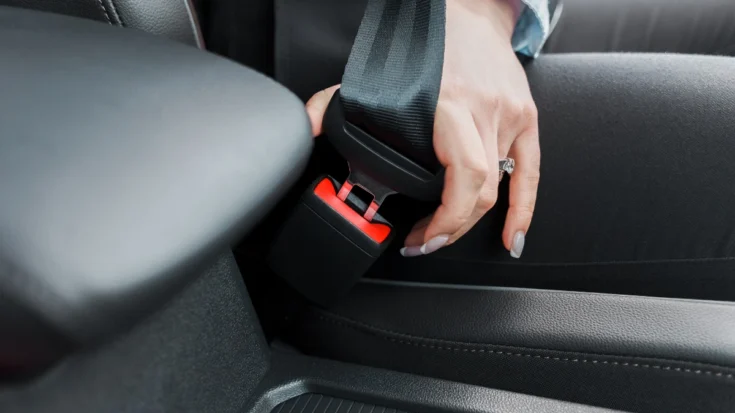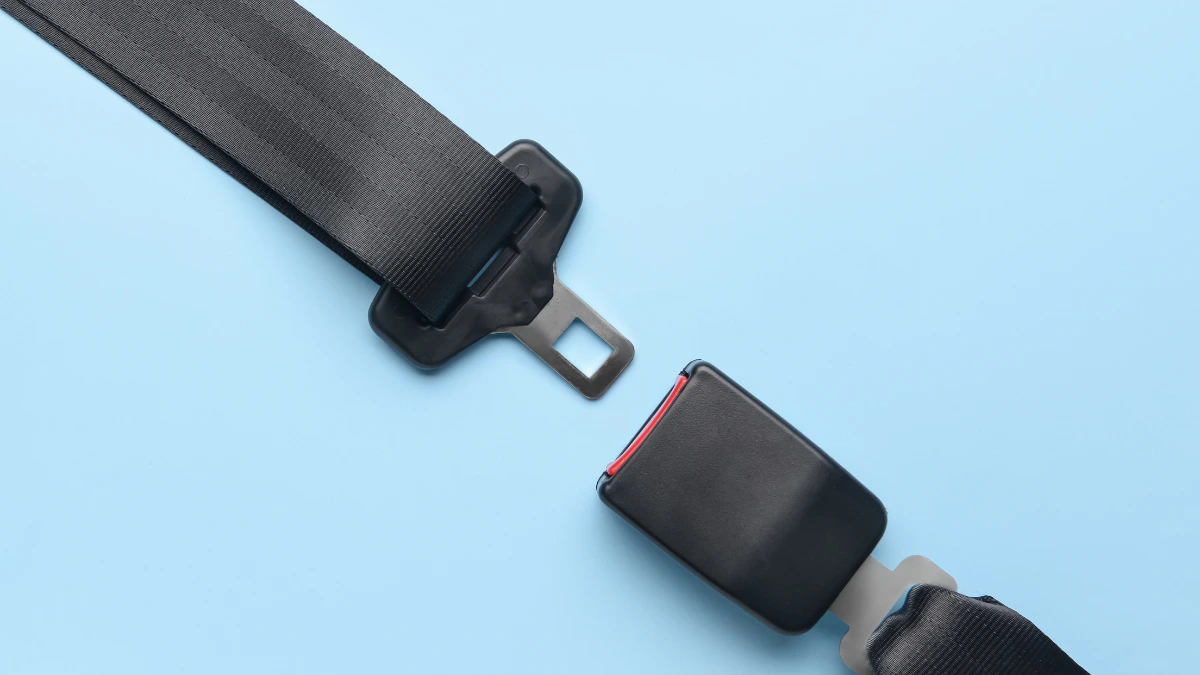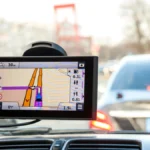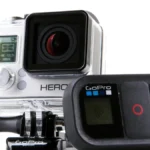Seat belt sensor are an important part of a vehicle’s safety system. The technology works by detecting whether the seat belt is fastened when the passenger is seated in the seat.
The seat belt sensor will activate various safety features, such as seat belt pretensioners and airbags when an accident occurs.
This article will discuss more about seat belt sensors from how the technology work, and their functions, to their regulations in Indonesia.
Also Read
Table of Contents
How Seat Belt Sensor Works

Seat belt sensors are usually connected to seat belts and retractor devices (devices that allow seat belts to be retracted and rolled up). Here is how seat belt sensors work in general:
- The sensor sends a signal: When the seat belt is fastened, the sensor sends a signal to the safety control system.
- The safety control system receives the signal: After the sensor is sent, the safety control system receives the signal which then activates features such as the pretensioner (which pulls the seat belt tighter during an impact) and the airbag.
The Function of Seat Belt Sensor

The seat belt sensor detects whether the seat belt is properly fastened so that the vehicle safety system can function optimally in the event of an impact or collision.
If a collision occurs, the sensor will activate the pretensioner as an advanced safety control system function.
The main role of seat belt pretensioners is to improve passenger safety by ensuring the body stays close to the seat back during a collision.
The three main benefits of seat belt pretensioners include:
1. Reduces body movement
Pretensioners automatically tighten the seat belt to limit the forward movement of the passenger’s body, helping to minimize the potential for injury in a crash.
2. Maximizes airbag function
By keeping the passenger’s body in the ideal position, the pretensioner helps the airbag function more optimally by reducing the distance between the body and the airbag during inflation.
3. Lower risk of serious injury
By keeping the body in a stable position, pretensioners can reduce the possibility of serious injuries, especially to the head, chest, and abdomen.
The use of seat-belt sensors is very important because it helps:
- Improve passenger safety by ensuring seat belts are fastened during a crash.
- Reduce the risk of serious injury from impact during an accident.
- Activate other safety features, such as airbags, when necessary.
Seat Belt Sensor Regulations in Indonesia

Seat belt sensor uses communication technologies such as Short Range Devices (SRD) that operate within a specific frequency spectrum. In Indonesia, any SRD-based wireless device is required to have DJID (Directorate General of Digital Infrastructure) under the Ministry of Communication and Digital (KOMDIGI).
This is based on KEPMEN No. 260 Tahun 2024, which requires all radio frequency-based devices, including seat belt sensor, to meet specific technical standards before being sold in the country.
The certification ensures that the product meets government safety and quality regulations and does not interfere with other communication devices. The certification process involves technical testing, such as frequency adjustments, safety checks, and compatibility with the surrounding environment.
Once the tests are completed, products that pass are listed in a Test Result Report, which confirms that the product is safe and ready for sale in Indonesia. This report reassures customers that the product meets technical standards and is secure.
For companies wanting to sell seat belt sensor in Indonesia, Type Approval Certification Services for ICT Products are available to assist with this process. This service includes preparing technical and legal documents, conducting required testing, ensuring compliance with regulations, helping companies streamline the certification process, and giving consumers confidence in certified products.












